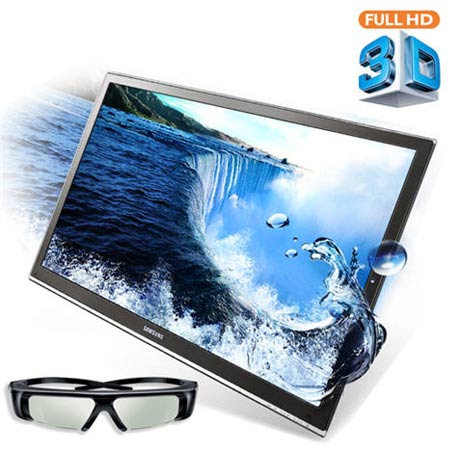3D HDTV shipments to grow nearly 500 percent in 2011. Does anyone care?

Whether you're going to use it or not, the odds are getting better and better that your next TV will be a 3D set. For evidence, look no further than new IHS iSuppli research, which shows that 3D HDTV shipments will jump from 4.2 million units in 2010 to 23.4 million units this year.
There's no indication that a groundswell of consumer interest is responsible for this nearly fivefold growth. Instead, manufacturers have recalibrated their marketing approach, slashing 3D prices and positioning it more as another feature than a radical new way of watching television.
Prices for 3D sets have plummeted 9 percent just from February to March, and further declines are possible as new TVs using passive 3D glasses rather than costlier active ones start hitting the market. Passive 3D image quality is generally seen as inferior to active 3D, but the cost of glasses is a fraction of the price for active-shutter specs.
More and more 3D content will become available over the coming months and years, so the trend toward 3D viewing in the home will keep gaining strength. By next year, IHS iSuppli predicts that 22 percent of the global flat-panel market will be 3D-based, and that by 2015 a majority of flat-panel shipments will be 3D.
But does this matter to most viewers today? Have you purchased a 3D set yet? If so, do you use it for any 3D viewing at all? If you're in the market for a new HDTV, are you more or less likely to buy a 3D television? Let us know in the Comments section.
